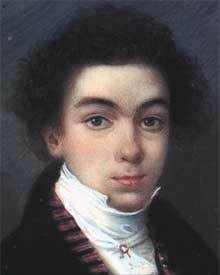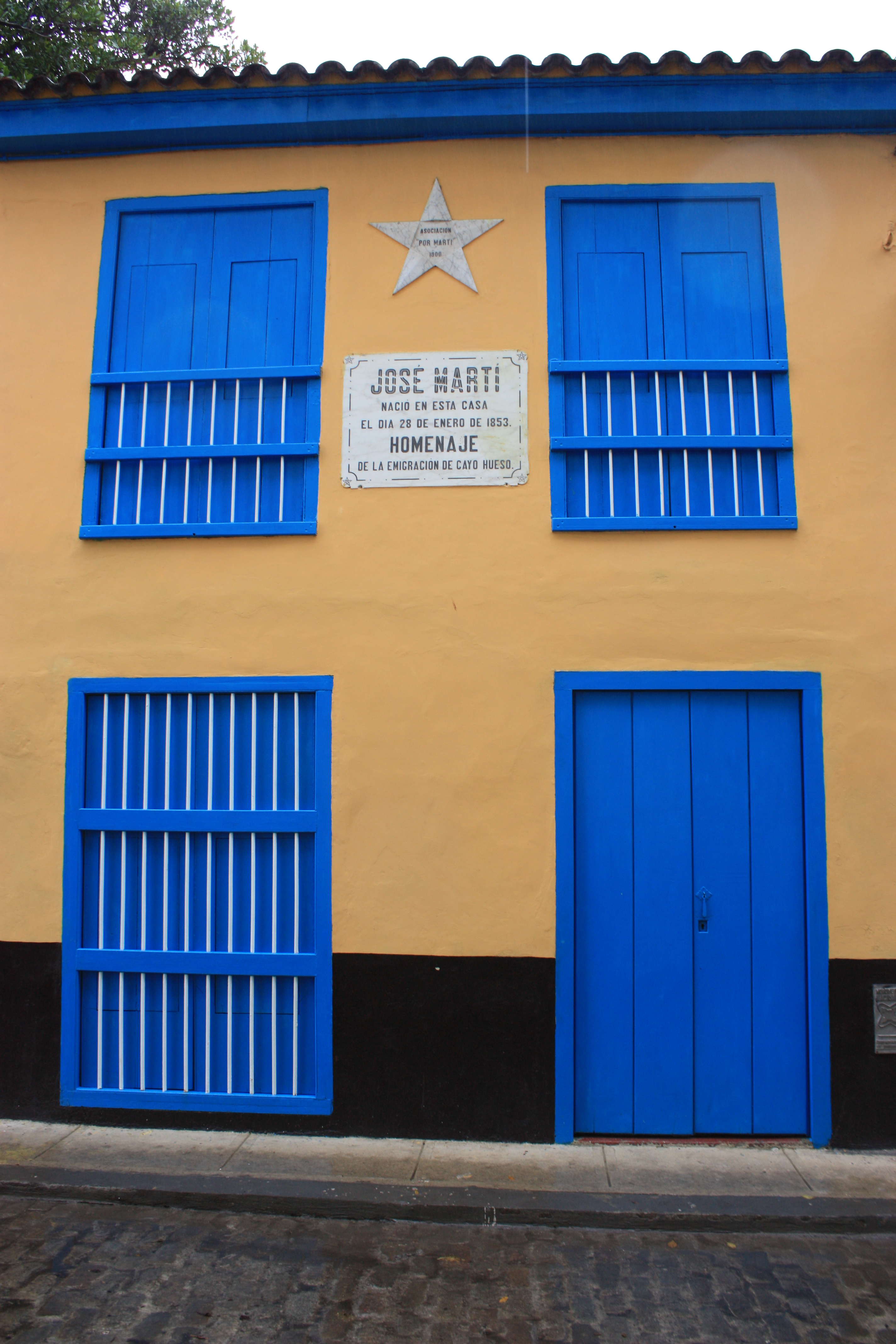|
Monumento A La Mujer
''Monumento a la Mujer'' is a bronze statue commemorating the contributions of the Puerto Rican women to the Puerto Rican society. It is located at the fork of Calle Marina and Calle Mayor Cantera, in Ponce, Puerto Rico, next to Parque Urbano Dora Colón Clavell, in Barrio Cuarto. It was unveiled in 2002. Its sculptor was Maria Elena Perales. The monument was the first and, at the time, the only one of its kind "in Puerto Rico and the Caribbean." Background With the turn of the century, the role of women in Puerto Rican society had advanced dramatically. There were more women graduating from colleges and universities and more women than ever were entering the fields of politics, public health, management, finance, and even clergy work. At the time, the city of Ponce had just undergone significant improvements in its infrastructure thanks to the Plan Ponce en Marcha. The Ponce chapter of the Union of American Women commissioned a statue be built to commemorate the role of wom ... [...More Info...] [...Related Items...] OR: [Wikipedia] [Google] [Baidu] |
Monumento A La Mujer, En Ponce, PR (IMG2917)
{{disambiguation ...
Monumento may refer to: * ''Monumento'' (album), a 2008 album by Dakrya * Monumento, a district in Caloocan, Philippines where the Bonifacio Monument is located ** Monumento LRT Station See also ''Monumento'' means monument in Portuguese, Spanish, and Filipino. For relevant articles in Wikipedia see: * Monuments of Portugal * Monument (Spain) The current legislation regarding historical monuments in Spain dates from 1985. However, ''Monumentos nacionales'' (to use the original term) were first designated in the nineteenth century. It was a fairly broad category for national heritage sit ... [...More Info...] [...Related Items...] OR: [Wikipedia] [Google] [Baidu] |
Simón Bolívar
Simón José Antonio de la Santísima Trinidad Bolívar y Palacios (24 July 1783 – 17 December 1830) was a Venezuelan military and political leader who led what are currently the countries of Colombia, Venezuela, Ecuador, Peru, Panama and Bolivia to independence from the Spanish Empire. He is known colloquially as '' El Libertador'', or the ''Liberator of America''. Simón Bolívar was born in Caracas in the Captaincy General of Venezuela into a wealthy criollo family. Before he turned ten, he lost both parents and lived in several households. Bolívar was educated abroad and lived in Spain, as was common for men of upper-class families in his day. While living in Madrid from 1800 to 1802, he was introduced to Enlightenment philosophy and met his future wife María Teresa Rodríguez del Toro y Alaysa. After returning to Venezuela, in 1803 del Toro contracted yellow fever and died. From 1803 to 1805, Bolívar embarked on a grand tour that ended in Rome, where he swore to end ... [...More Info...] [...Related Items...] OR: [Wikipedia] [Google] [Baidu] |
Sculptures Of Women In Puerto Rico
Sculpture is the branch of the visual arts that operates in three dimensions. Sculpture is the three-dimensional art work which is physically presented in the dimensions of height, width and depth. It is one of the plastic arts. Durable sculptural processes originally used carving (the removal of material) and modelling (the addition of material, as clay), in stone, metal, ceramic art, ceramics, wood and other materials but, since Modernism, there has been an almost complete freedom of materials and process. A wide variety of materials may be worked by removal such as carving, assembled by welding or modelling, or Molding (process), moulded or Casting, cast. Sculpture in stone survives far better than works of art in perishable materials, and often represents the majority of the surviving works (other than pottery) from ancient cultures, though conversely traditions of sculpture in wood may have vanished almost entirely. However, most ancient sculpture was brightly painted, ... [...More Info...] [...Related Items...] OR: [Wikipedia] [Google] [Baidu] |
Buildings And Structures In Ponce, Puerto Rico
A building, or edifice, is an enclosed structure with a roof and walls standing more or less permanently in one place, such as a house or factory (although there's also portable buildings). Buildings come in a variety of sizes, shapes, and functions, and have been adapted throughout history for a wide number of factors, from building materials available, to weather conditions, land prices, ground conditions, specific uses, prestige, and aesthetic reasons. To better understand the term ''building'' compare the list of nonbuilding structures. Buildings serve several societal needs – primarily as shelter from weather, security, living space, privacy, to store belongings, and to comfortably live and work. A building as a shelter represents a physical division of the human habitat (a place of comfort and safety) and the ''outside'' (a place that at times may be harsh and harmful). Ever since the first cave paintings, buildings have also become objects or canvasses of much artis ... [...More Info...] [...Related Items...] OR: [Wikipedia] [Google] [Baidu] |
Statues In Ponce, Puerto Rico
A statue is a free-standing sculpture in which the realistic, full-length figures of persons or animals are carved or cast in a durable material such as wood, metal or stone. Typical statues are life-sized or close to life-size; a sculpture that represents persons or animals in full figure but that is small enough to lift and carry is a statuette or figurine, whilst one more than twice life-size is a colossal statue. Statues have been produced in many cultures from prehistory to the present; the oldest-known statue dating to about 30,000 years ago. Statues represent many different people and animals, real and mythical. Many statues are placed in public places as public art. The world's tallest statue, '' Statue of Unity'', is tall and is located near the Narmada dam in Gujarat, India. Color Ancient statues often show the bare surface of the material of which they are made. For example, many people associate Greek classical art with white marble sculpture, but there is evid ... [...More Info...] [...Related Items...] OR: [Wikipedia] [Google] [Baidu] |
Sculptures Of Women
Sculpture is the branch of the visual arts that operates in three dimensions. Sculpture is the three-dimensional art work which is physically presented in the dimensions of height, width and depth. It is one of the plastic arts. Durable sculptural processes originally used carving (the removal of material) and modelling (the addition of material, as clay), in stone, metal, ceramics, wood and other materials but, since Modernism, there has been an almost complete freedom of materials and process. A wide variety of materials may be worked by removal such as carving, assembled by welding or modelling, or moulded or cast. Sculpture in stone survives far better than works of art in perishable materials, and often represents the majority of the surviving works (other than pottery) from ancient cultures, though conversely traditions of sculpture in wood may have vanished almost entirely. However, most ancient sculpture was brightly painted, and this has been lost. [...More Info...] [...Related Items...] OR: [Wikipedia] [Google] [Baidu] |
Miguel Pou
Miguel Pou Becerra (24 August 1880 – 6 May 1968) was a Puerto Rican oil canvas painter, draftsman, and art professor. Together with José Campeche and Francisco Oller, he has been called "one of Puerto Rico's greatest masters." He was an exponent of the impressionist movement. During his life he exhibited in 64 shows, of which 17 were solo, and won five gold medals. Early years Miguel Pou was born in Ponce, Puerto Rico, to Juan Bautista Pou Carreras and Margarita Becerra Julbe. Pou took drawing and painting lessons in Ponce. He began drawing with Pedro Clausells and painting with Spaniard Santiago Meana. Schooling and career work After receiving a Bachelor of Arts from the Provincial Institute of Ponce in 1898, he worked as a teacher with the Department of Education. He became a public school teacher at age 20, and assistant superintendent in the Ponce School District in 1900. In 1906, he completed the methodology course in teaching drawing at the Hyannis Normal Scho ... [...More Info...] [...Related Items...] OR: [Wikipedia] [Google] [Baidu] |
Parque Del Tricentenario (Ponce, Puerto Rico)
Parque del Tricentenario is a passive urban park in the city of Ponce, Puerto Rico. The park was built to commemorate the 300th anniversary of the founding of the city. It was inaugurated during the mayoral administration of mayor Rafael Cordero Santiago. Location The park is a passive urban family park. It is located in Barrio Tercero at the entrance to the Ponce Historic Zone on Miguel Pou Boulevard, at the southern terminus of PR-1. Features The park is a three-plaza park. All three plazas have gardens and marble benches. Setting the stage for the park is ''El Puente de los Leones'' (The Bridge of the Lions). It spans Rio Portugues and is the gateway to, not just Parque del Tricentenario, but to the Ponce historical district as well. It features two brass lions guarding the entrance: the older lion represents wisdom and experience, while the younger one stands for the glorious future. The Illustrious Ponce Citizens Plaza Its centerpiece is a plaza containing a fountain dedi ... [...More Info...] [...Related Items...] OR: [Wikipedia] [Google] [Baidu] |
Luis Muñoz Marín
José Luis Alberto Muñoz Marín (February 18, 1898April 30, 1980) was a Puerto Rican journalist, politician, statesman and was the first elected governor of Puerto Rico, regarded as the "Architect of the Puerto Rico Commonwealth." In 1948 he was the first democratically elected Governor of Puerto Rico, spearheading an administration that engineered profound economic, political and social reforms; accomplishments that were internationally lauded by many politicians, statesmen, political scientists and economists of the period. Muñoz Marín was instrumental in the suppression of the Nationalist Party and its efforts to gain independence. Early life and education Childhood Luis Muñoz Marín was born on February 18, 1898 at 152 Calle de la Fortaleza in Old San Juan. He was the son of Luis Muñoz Rivera and Amalia Marín Castilla. His father was a poet, publisher, and a politician, responsible for founding two newspapers, ''El Diario'' and ''La Democracia.'' Days before Luis' ... [...More Info...] [...Related Items...] OR: [Wikipedia] [Google] [Baidu] |
José Martí
José Julián Martí Pérez (; January 28, 1853 – May 19, 1895) was a Cuban nationalist, poet, philosopher, essayist, journalist, translator, professor, and publisher, who is considered a Cuban national hero because of his role in the liberation of his country from Spain. He was also an important figure in Latin American literature. He was very politically active and is considered an important philosopher and political theorist. Through his writings and political activity, he became a symbol of Cuba's bid for independence from the Spanish Empire in the 19th century, and is referred to as the "Apostle of Cuban Independence". From adolescence, he dedicated his life to the promotion of liberty, political independence for Cuba, and intellectual independence for all Spanish Americans; his death was used as a cry for Cuban independence from Spain by both the Cuban revolutionaries and those Cubans previously reluctant to start a revolt. Born in Havana, Spanish Empire, Martí began h ... [...More Info...] [...Related Items...] OR: [Wikipedia] [Google] [Baidu] |
.jpg)




.jpg)
